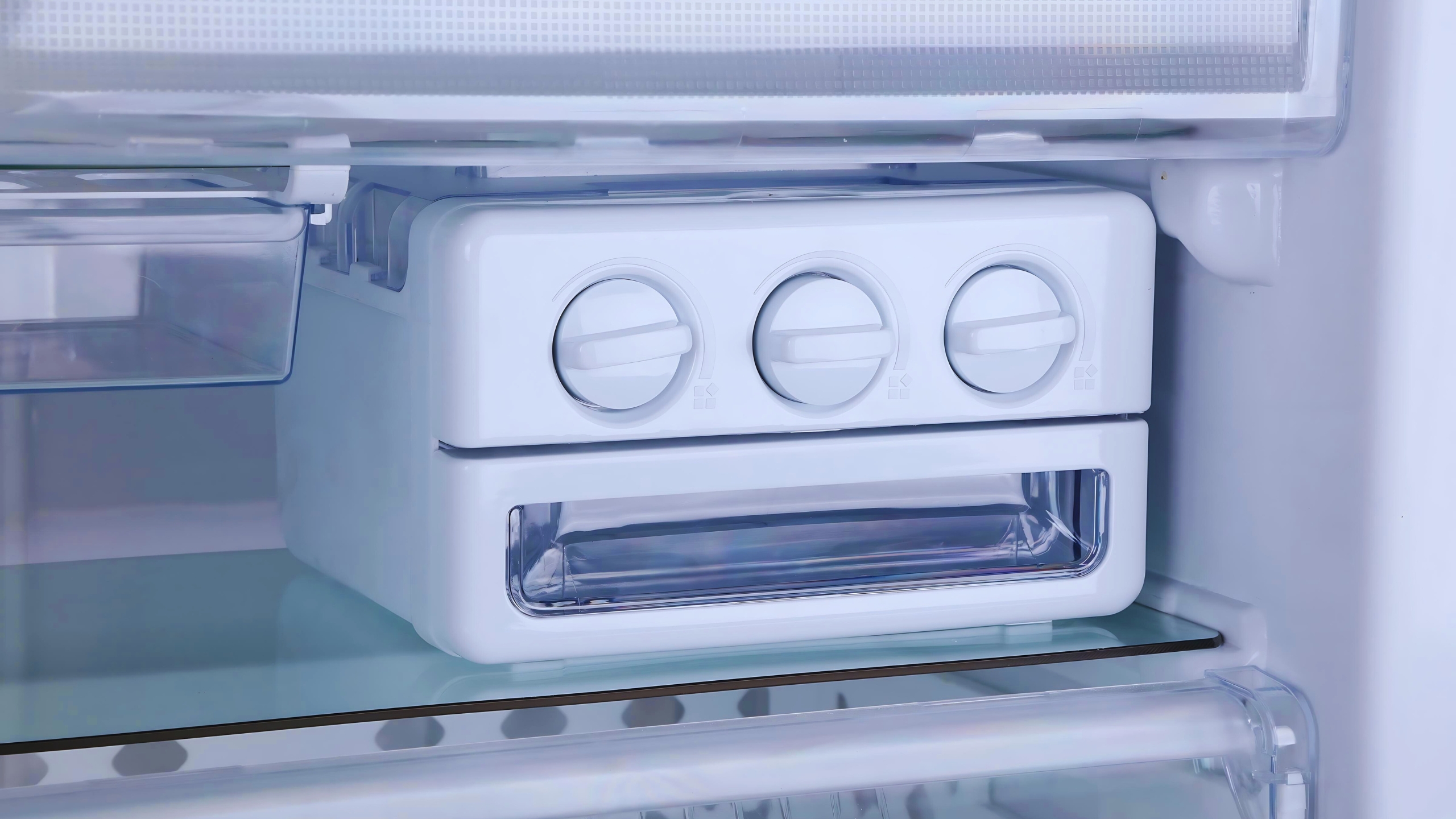
Refrigerator ice makers are a modern convenience, but they can also be a source of significant water damage if not properly maintained. This guide aims to provide detailed insights into preventing and addressing water damage caused by refrigerator ice makers.
Understanding the Risks of Ice Maker Water Damage
Common Causes of Water Damage
Leaky Water Supply Lines
The water supply line that connects your ice maker to the plumbing system can develop leaks over time. These leaks can be due to wear and tear, improper installation, or damage from moving the refrigerator.
Malfunctioning Ice Maker Components
Components within the ice maker, such as the water inlet valve or ice mold, can malfunction and cause leaks. Regular maintenance can help identify and fix these issues before they lead to significant water damage.
Signs of Ice Maker Water Damage
Visible Water on the Floor
Water pooling around the base of the refrigerator is a clear sign of a leak. This can cause damage to the flooring and the subfloor, leading to costly repairs.
Warped or Discolored Flooring
Water damage can cause wooden or laminate floors to warp or discolor. This is often a sign that the leak has been ongoing for some time.
Mold and Mildew Growth
Excess moisture from leaks can create an ideal environment for mold and mildew to thrive. Mold growth around the base of the refrigerator or in adjacent cabinets is a red flag for water damage.
Musty Odors
A persistent musty smell near the refrigerator indicates the presence of mold or mildew. This odor suggests that water damage has occurred, often in hidden areas.
Steps to Prevent Ice Maker Water Damage
Regular Maintenance and Inspections
Inspect Water Supply Lines
Regularly check the water supply line for any signs of wear, cracks, or leaks. Replace old or damaged lines with high-quality, durable materials to prevent future leaks.
Clear Defrost Drains
Periodically check and clear the defrost drain to ensure it is not clogged or frozen. This prevents overflow and potential water damage.
Maintain Ice Maker Components
Perform regular maintenance on the ice maker components, including the water inlet valve and ice mold. Address any malfunctions promptly to prevent leaks.
Proper Installation and Relocation
Use Professional Installation Services
Ensure that your refrigerator and ice maker are installed by professionals who can correctly connect the water supply line and secure all components.
Handle with Care During Relocation
If you need to move your refrigerator, handle it carefully to avoid damaging the water supply line. Consider professional assistance for moving large appliances.
Use Water Leak Detectors
Install Leak Detectors
Place water leak detectors near the base of the refrigerator. These devices can alert you to the presence of water, allowing you to address leaks before they cause significant damage.
Addressing Ice Maker Water Damage
Immediate Actions
- Turn Off the Water Supply: Locate and shut off the water supply line to the refrigerator to stop the leak.
- Unplug the Refrigerator:Disconnect the refrigerator from the power source to prevent electrical hazards.
- Remove Standing Water:Use towels, mops, or a wet/dry vacuum to remove any standing water.
Drying and Dehumidification
Thoroughly dry the affected area using fans and dehumidifiers. Ensure all moisture is removed to prevent mold growth.
Cleaning and Disinfection
Clean and disinfect the area to prevent mold and bacterial growth. Use appropriate cleaning agents and protective gear to ensure safety.
Repair and Restoration
Flooring and Subfloor Repair
Assess and repair any damage to the flooring and subfloor. This may involve replacing damaged materials to ensure structural integrity.
Appliance Repair
Repair or replace any malfunctioning ice maker components. Ensure all connections are secure and functioning properly before use.
Long-Term Prevention Strategies
Upgrade to Durable Water Supply Lines
Consider upgrading to braided stainless steel water supply lines, which are more durable and less prone to leaks compared to plastic or copper lines.
Regular Professional Inspections
Schedule regular inspections by a professional to check the condition of your refrigerator and ice maker. Early detection of potential issues can prevent costly water damage.
Maintain Optimal Humidity Levels
Keep indoor humidity levels in check using dehumidifiers and proper ventilation. This helps prevent mold growth and maintains the longevity of your appliances.
By following these comprehensive guidelines, homeowners can effectively prevent and address water damage caused by refrigerator ice makers. Regular maintenance, proper installation, and prompt action are key to safeguarding your home against costly water damage.